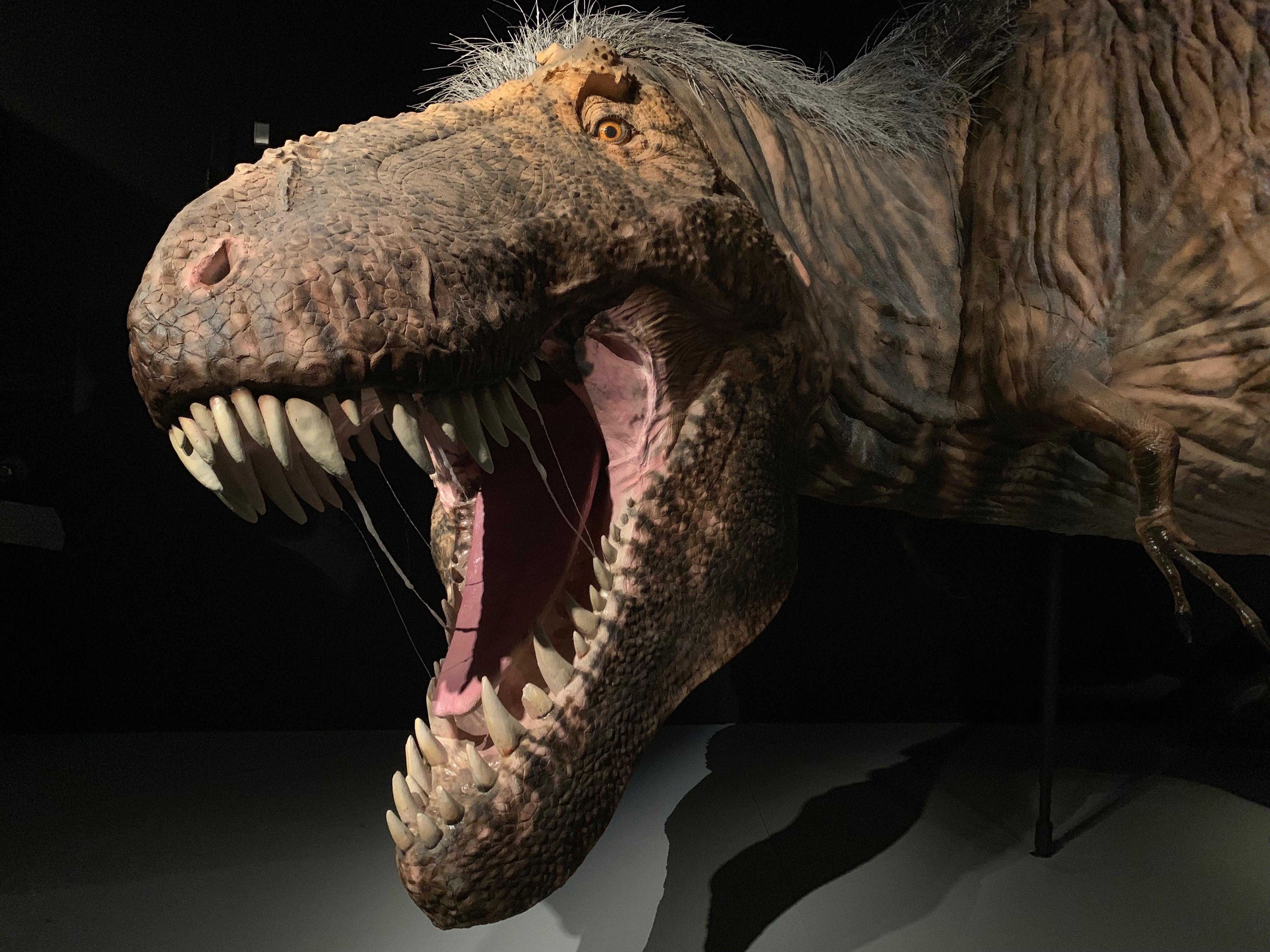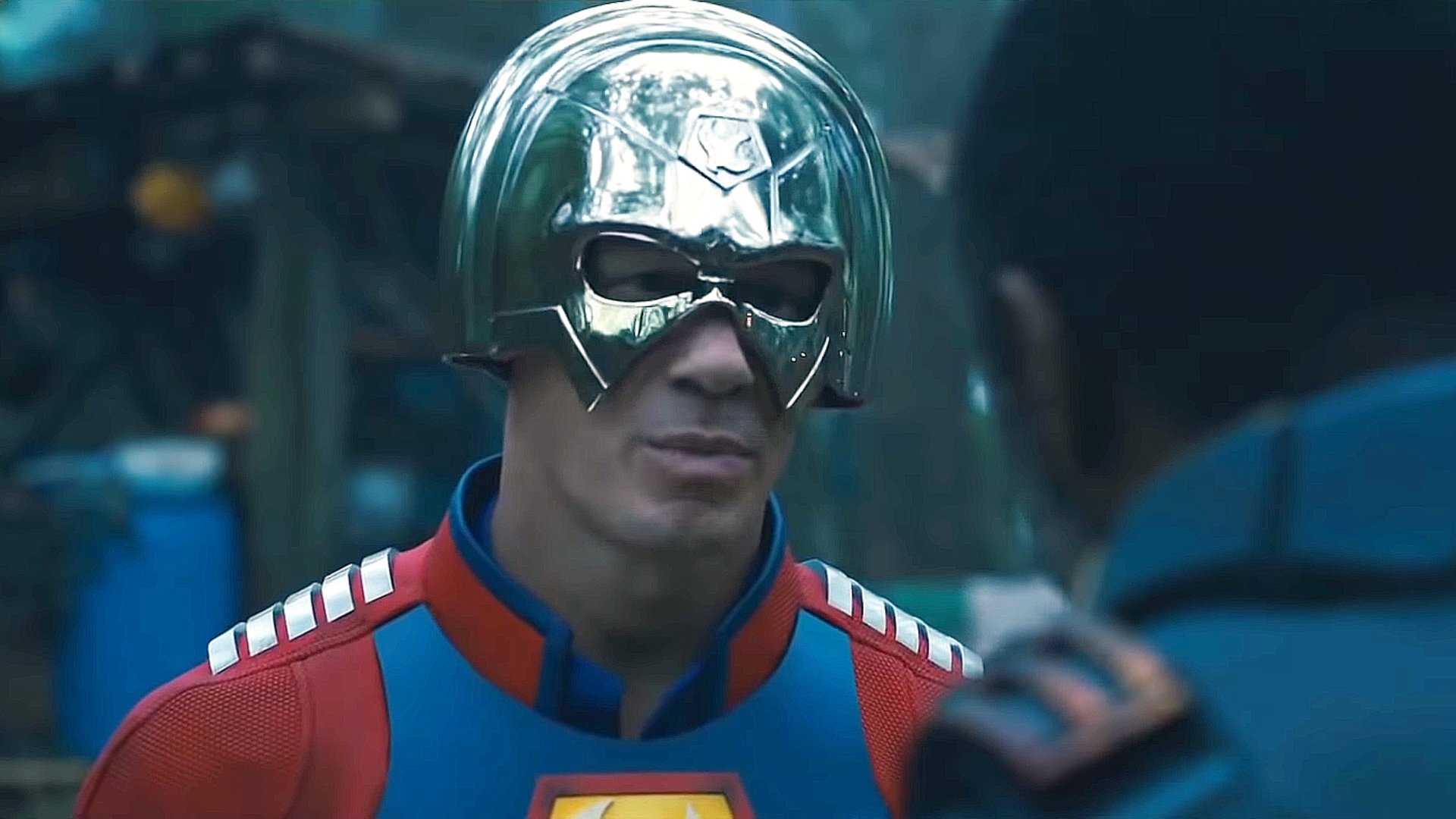What Did Dinosaurs Smell Like?

What did Triceratops smell like?
Bones have given us an osteological outline of what the famous “three-horned face” looked like. Skin impressions and colors of related animals have offered some possibilities about saurian fashion, too. But, if we were able to travel back 67 million years, what scent would waft away from the hefty herbivore? Would it smell like a barnyard? Like nothing at all? Would the dinosaur carry a whiff of… frill cheese?
We know more than ever about dinosaurs. New species, new insights, new hypotheses. It’s almost impossible to keep up with everything. But one aspect of dinosaur lives we know precious little about is how they would have smelled – to us or, more importantly, to each other.
I can think of a few reasons why discerning dino perfume hasn’t struck the cover of Nature or Science just yet. The first is a lack of direct evidence. Fossil bones can sometimes be smelly, but they don’t preserve the aromas of the living animals. Not to mention that finding evidence of scent glands or other relevant soft tissue evidence seems like a scant possibility (but we’ll get back to that in a moment).
There’s also the way we resurrect and envision dinosaurs. Our species relies greatly on sight and touch. More often that not, we try not to smell the entirety of the world around us. If you’ve taken your dog on a walk or watched your cat snuffle an intriguing spot on the couch, you know that we generally try to avoid developing a scentscape. Perhaps, to us, dinosaurs wouldn’t have carried much of a smell at all, their funk coming from fetid mud, rotted meat, excrement, or other odors daubed onto their skin. And given that so much of dinosaurian media is transmitted through art, skeletal reconstructions, and sometimes film, trying to suss out the essence of Tyrannosaurus just doesn’t come up.
And yet we know that smell was important to at least some dinosaurs. To go back to that all-too-dominant favorite, every dinosaur fan knows that Tyrannosaurus rex had a relatively large olfactory bulb compared to the rest of the brain. So did other predatory dinosaurs like Allosaurus, making these dinosaurs above average at detecting smells. The earliest birds – dinosaurs themselves – inherited these abilities. A good sniffer can be critical to finding food, regardless of what meat and veggie mix a particular species preferred. What I wonder about, though, is whether non-avian dinosaurs communicated through scent.
Here’s where we get into the distinction between what we’d be able to smell and how dinosaurs would perceive each other. In terms of modern reptiles, species kept as pets are often said to have no smell – unless you forget to clean their cage properly or frequently enough. Their scaly skins seem relatively stink free compared to a the fur of a companionable canid. And yet we know that smell is important for reptiles. Alligators and crocodiles, for example, have glands along their jaws that sometimes secrete an oily substance thought to be important in some form of communication. Garter snakes, too, can actually spray a compound into the air and tell competing mates to back off. And contrary to a long-held belief about birds, scent is important to communication among living dinosaurs, too.
We don’t know if any non-avian dinosaur advertised with scent in the same way. Our image of dinosaurs and their lives is principally molded by what they left behind, with our expectations of what can be found guiding what we look for. Personally, I think there’s an entire world of dinosaurian fragrances that we have yet to even catch the barest sniff of. We already have evidence that some dinosaurs were sensitive to smell thanks to endocasts of their brains, and, while circuitous nasal passages in groups like ankylosaurs have generally been hypothesized to be advantageous for cooling incoming air or making sounds, it’s possible some sensitive sniffing abilities were carried along.
There may be some aspects of Mesozoic lives that time has completely obscured. But I don’t think the scents of the dinosaurs’ world are impossible to detect. The fossil record is far more detailed than we ever knew. Shreds of degraded proteins and tatters of blood vessels can now be uncovered from fossils. Perhaps, somewhere out there, there’s a fossil that preserves some critical gland or organ that itself contains the biochemical remnants of what those tissues used to create. Something smelly. Until then, we can at least try to imagine the ancient odors. Close your eyes, picture your favorite dinosaur, and think about what you’d smell.
If you want to read more science articles, you can visit our science category.
if you want to watch movies go to Film.BuradaBiliyorum.Com for Tv Shows Dizi.BuradaBiliyorum.Com, for forums sites go to Forum.BuradaBiliyorum.Com .




